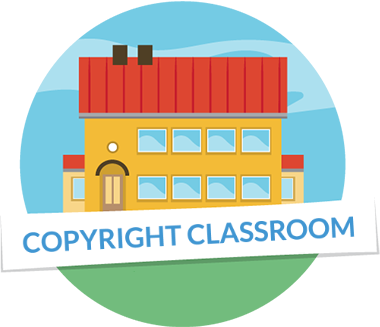Reading strategies
When you find a suitable source – book, article, or website – first skim through it: What does the title or main heading tell you about the topic? What do the chapter or subheadings say? Read the summary, if available. Look for information about the author and their relationship to the topic (expert, enthusiast, layperson, journalist, etc.). Are there illustrations or diagrams that make the text easier to understand? Also, skim through the bibliography: Has the author previously written texts on the same topic? Does the text rely on just a few sources, or has the author used many different sources?
If the source seems useful, deepen your reading to gain a greater understanding of the topic. Identify the key concepts and create a concept map by considering how the concepts relate to each other. Check the definitions of the key concepts. Does the author make claims about the issues they address? If there are claims, verify the justifications in the sources and note them using, for example, the pros and cons technique.
Also, read the text critically, especially if you know that the topic is controversial and there are many different opinions about it. Check the target audience of the source text and where it was published. This way, you will understand the background of the text and can see the connection between it and the content or claims. A critical reader might ask the following questions:
- What is the core message of the text? Who is the author, and what is the intended audience? Is the main goal of the text to entertain, inform, influence, sell, or instruct? How do the characteristics (methods) of the text support its main goal? Where is the text published? What kind of publication is it (fact-oriented, entertaining, commercial, etc.)?
- What is included in the text and what is not? What information is missing, and why has it been omitted? Where can you find complementary information?
Try to distinguish information from opinions and facts from fiction. These are often deliberately mixed, so read carefully HOW the author writes about the topic. Pay special attention to the choice of words, perspective, headlines, and use of images.
